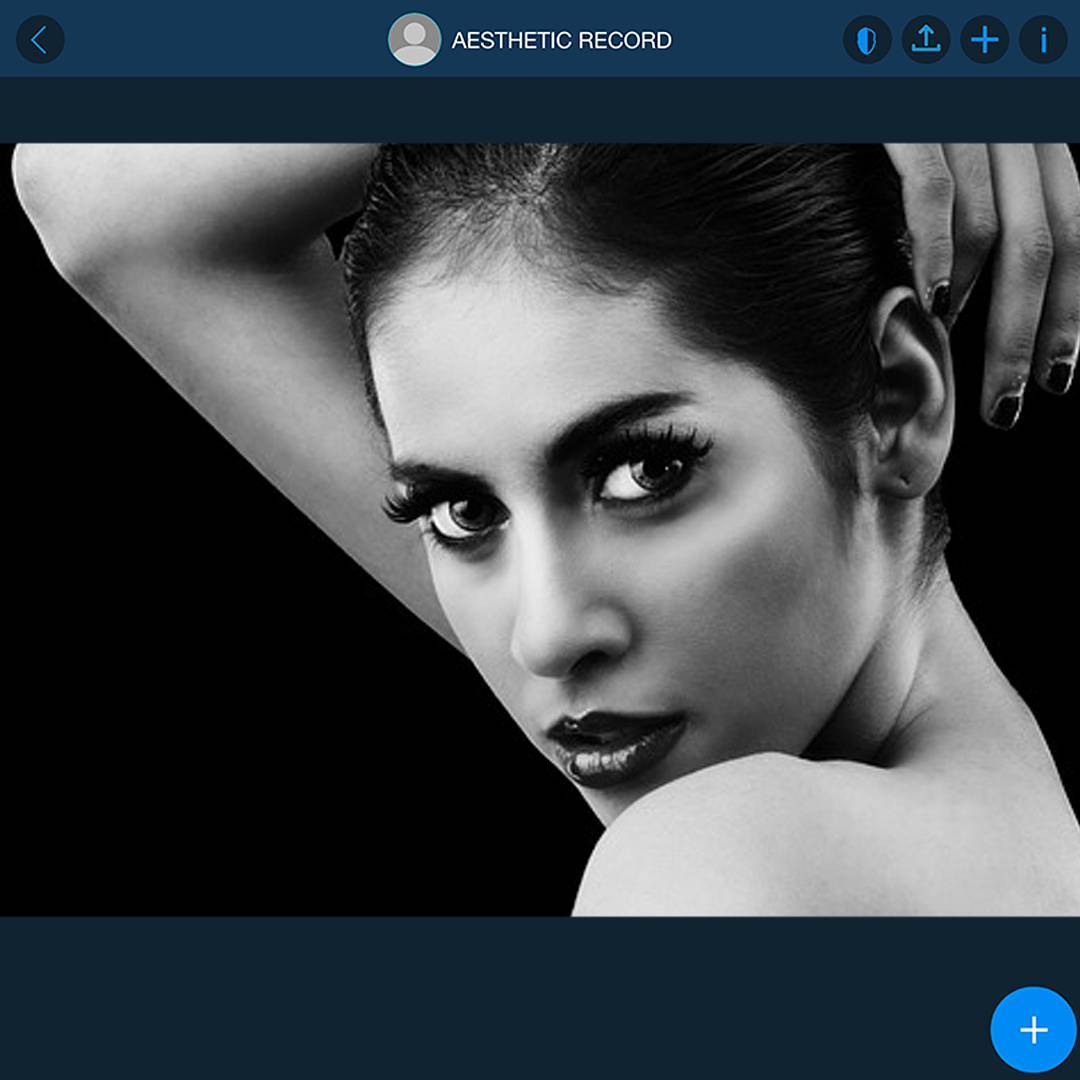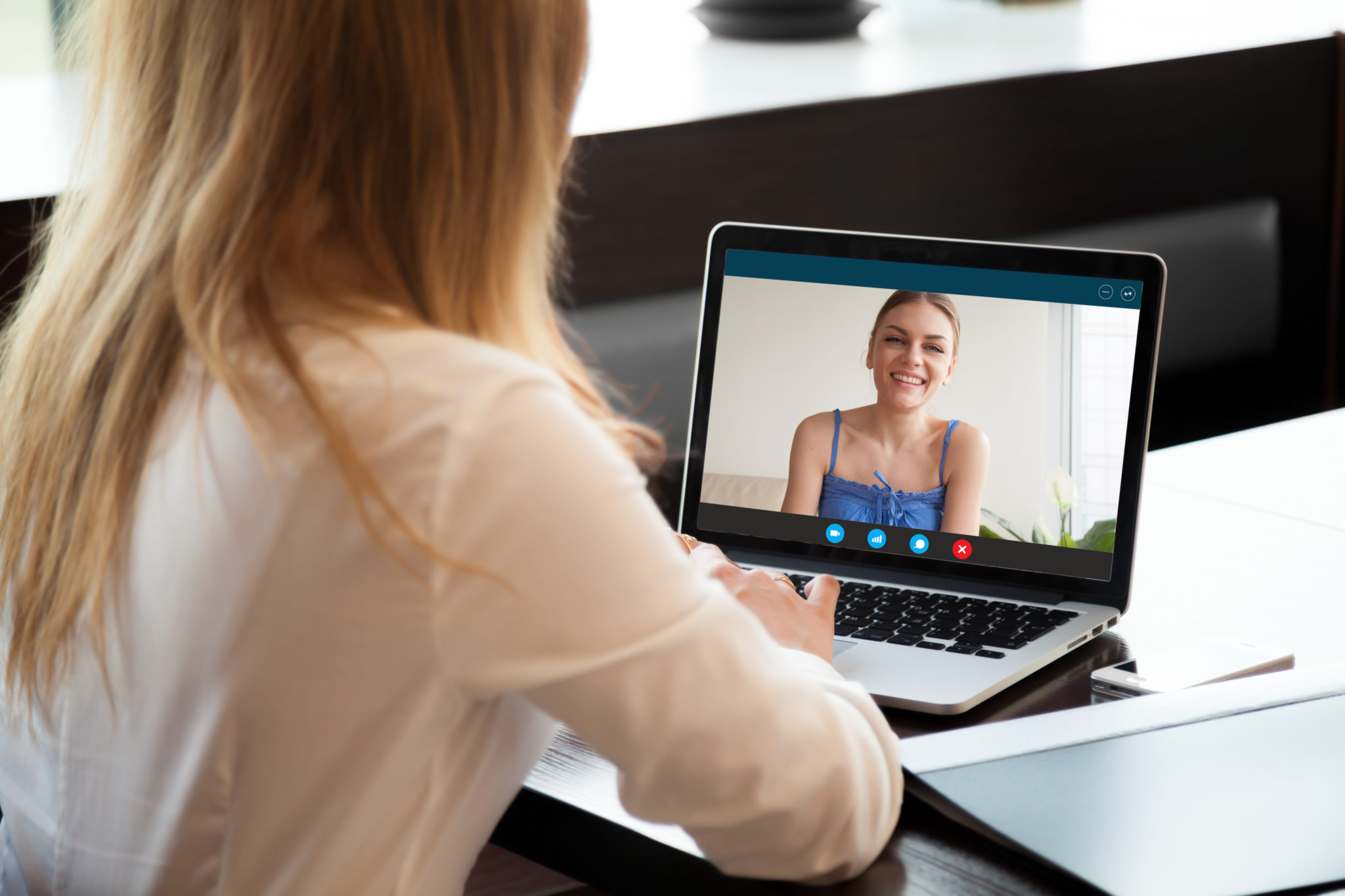Checklist: Imaging System for Aesthetics-Paper to EMR
Checklist: Imaging System for Aesthetics-Paper to EMR
“Boil things down to the most fundamental truths. Then reason up from there.”
-Elon Musk
Aesthetic Record’s quick checklist for a smooth EMR transition.

Make a Plan
Integration of a new EMR system won’t happen overnight, it needs a solid planning session. If you are struggling to see the benefits, contact a planner and get some help creating a strategy.
- Make staff training a separate, mandatory process:
Staff members have already developed their own systems and many will be set in their own ways. Be prepared for the fact that some will adjust to electronic medical records quickly while others may resist the change.
Even the sharpest staff needs training when you are implementing a new system; it’s how good habits are formed. The midst of a busy practice day is probably the worst place for a staff to feel the pressure of learning a new system. When people are pressed they develop their own shortcuts, if possible bring in a trainer or consult a tutorial that walks everyone through the new system.
{{cta(‘ce19fa7f-636f-4304-b442-cedc960b387c’)}}
- Allow extra time for client visits:
Until the entire staff has developed a strong level of comfort with the new EMR system they will need extra time to develop a best practices routine. It’s not unusual for a staff to regress to old, familiar habits when people are feeling rushed.
Remember that your staff will learn to use new applications at different paces, try to remain supportive if some take longer than others. Once they’ve mastered the system, most thriving aesthetic practices don’t know how they functioned without the platform.
- Agree on a completion date:
One of the best ways to ensure that the clinic will never complete the transition is to omit a completion date from your plan. Half-finished electronic medical record transitions are an epidemic. A large part of the reason that we often hear about EMR security breaches and dissatisfied practices is that they have a great strategy with a nebulous completion date.
Set criterion for past records:
A majority of practices choose to use a patient’s last visit date as the first layer of criteria. If it’s been several years since the clinic has seen a client and they don’t have any appointments scheduled, those can typically be the last files you convert when you’re transitioning from paper to EMR.
- Find an aesthetics focused system:

Fortunately, the aesthetic and medical spa community’s need for moving from paper records to EMR has caught the attention of the software development world. But unfortunately, that leaves many practitioners with a well-marketed, largely ineffective imaging system for aesthetics. You only want to do this once, be sure the application you choose is intuitive and designed for the aesthetic practitioner.
When you’re shopping for the best imaging system for aesthetics look for the following features:


 HIPAA regulatory guidelines will sometimes require a review of product names, lot numbers, and volumes. An imaging system for aesthetics should integrate this information into each client treatment. This is also best practice for general record keeping when you or a client has a question regarding a previous visit.
HIPAA regulatory guidelines will sometimes require a review of product names, lot numbers, and volumes. An imaging system for aesthetics should integrate this information into each client treatment. This is also best practice for general record keeping when you or a client has a question regarding a previous visit. 


